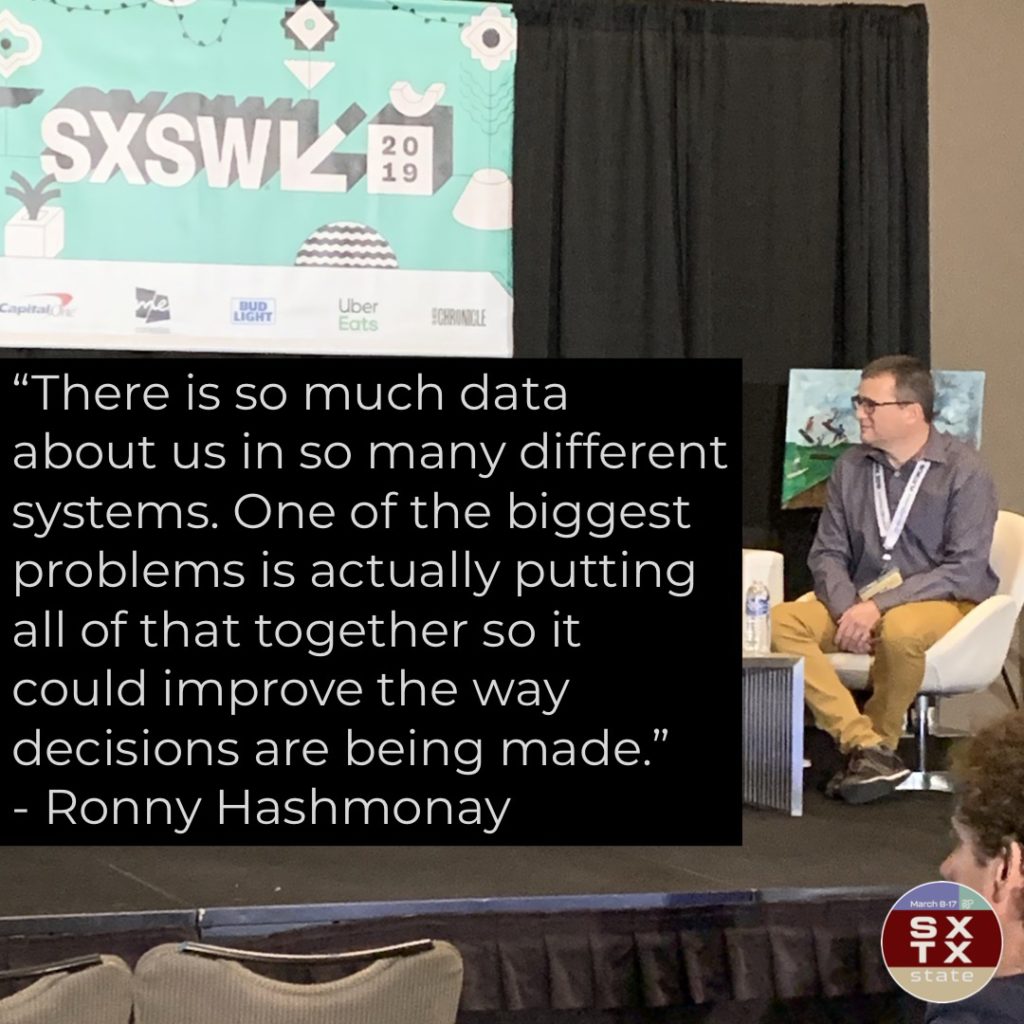
In 30 years, there will be no racial or ethnic majority in the United State; the U.S. will officially become majority-minority.
As the population landscape begins to change, challenges in access to health care may become more exacerbated, especially as today’s minority groups grow larger. A group of innovators, researchers and community health advocates held the panel Health “Techuity” in Cardiovascular Care to discuss how tech can help more people get access to high quality care.
Though the panel title suggested a focus on cardio care, the discussion touched on several topics with relevance to all areas of health care — particularly increasing physician understanding of the culture of minority patients.
“Health care is really something personal,” Abner Mason, founder and CEO of ConsejoSano, said during the panel. “It’s largely driven by the relationship between the patient and the provider. If that provider doesn’t speak your language, doesn’t understand your culture, it’s very hard to build trust. Trust has to be at the center of that relationship.”
Mason cited statistics from California showing 40 percent of the population is Hispanic, but only 5 percent of doctors speak Spanish. ConsejoSano built their digital health platform around a technology it found to be accessible to most people: the text message. Even in typically underprivileged groups, Mason said upwards of 90 percent of the population has mobile phones with text message functionality, and health care providers can use text messages to communicate with patients, send video or audio files and even send PDFs.
Some health care systems have even used WhatsApp as a digital health platform, especially if the system has a high number of Hispanic and Latinx members as they often use WhatsApp to communicate with family across the border.
The panel also discussed the increasingly important issue of digital health data. As health care systems become more digitally advanced, vast amounts of data are created, and ways to manage, store and protect that data must be implemented.
The current problem, however, is the lack of centralized and integrated data. Novartis Pharmaceuticals Corporation’s Vice President of Innovation and Product Life Cycle Ronny Hashmonay emphasized how pressing this issue is.

Ann Marie Navar, assistant professor of medicine and director of innovations at the Duke Clinical Research Institute, felt a lot of popular and emerging tech was overhyped and not a solution to inequity in health care.
“You can go around the corner and listen to talks about the latest and greatest in machine learning and augmented reality, but when we’re talking about the tech that we need to solve gaps in care, it’s not rocket science,” Navar said. “It’s on-demand access to transportation. It’s decision-support to meet guidelines.”
In all, this panel contrasted several others in the health and medtech track. The panelist focused heavily on accessible tech and solutions that can be found now, not in a few years. The panel also advocated for innovation to start with health care systems for underserved and underprivileged communities, and the innovations will “trickle-up” to the wealthy. Mason said Medicaid is the best place to innovate.

Comments are closed, but trackbacks and pingbacks are open.